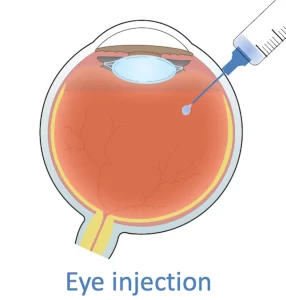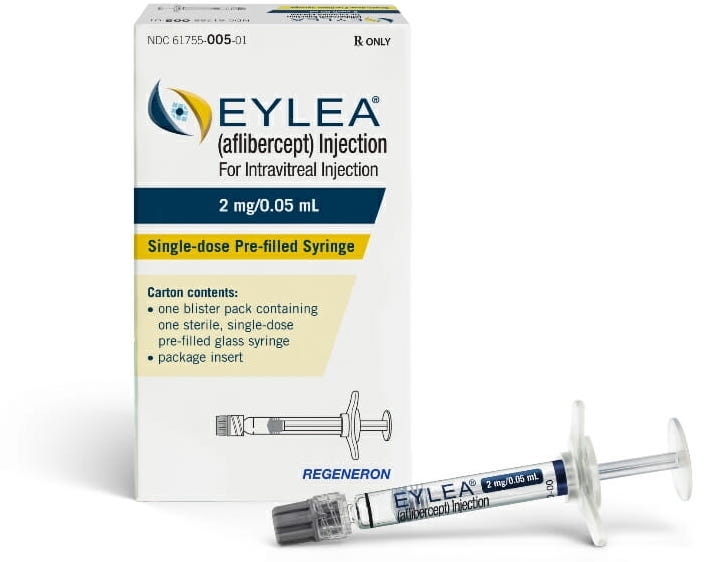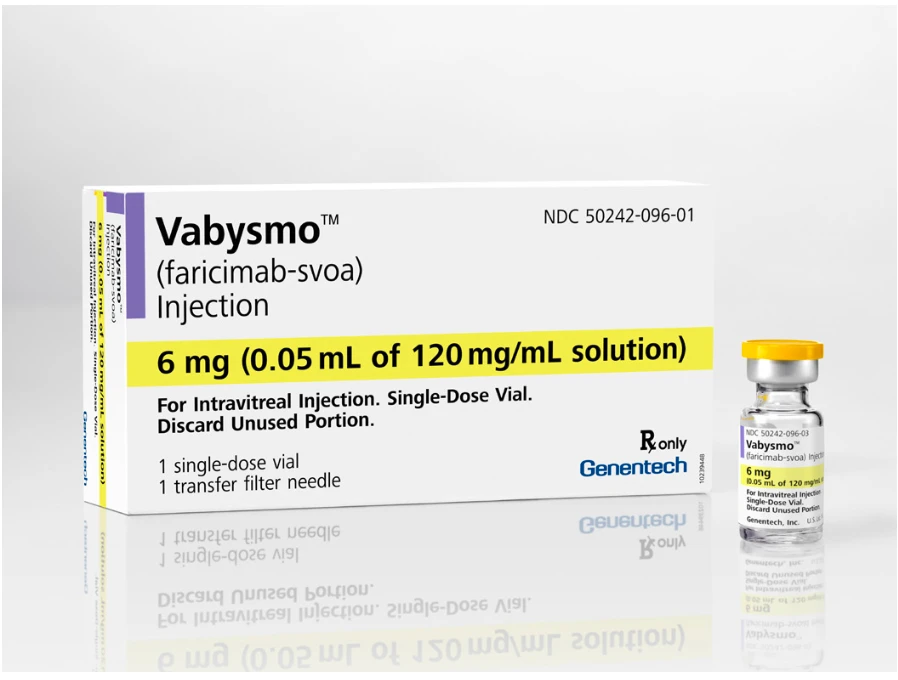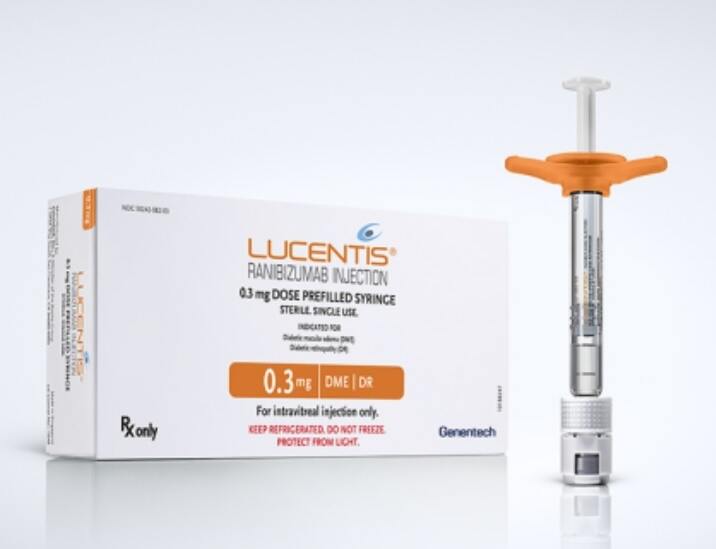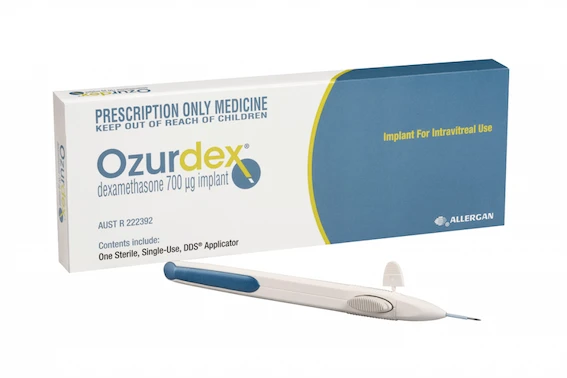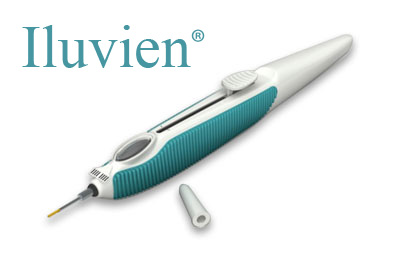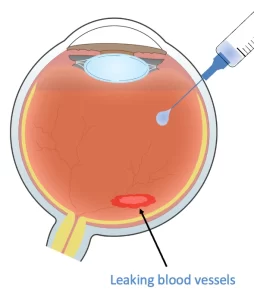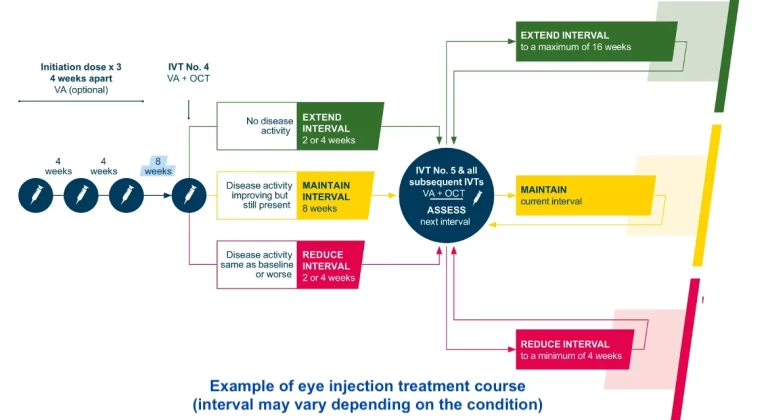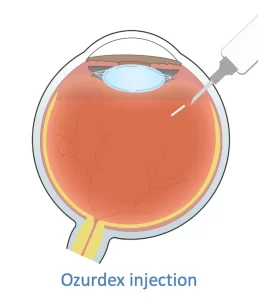As with any medical procedure, there is a small risk of complications following eye injection treatment. Most complications that might occur are from the injection itself, rather than the medication. For most patients, the benefit of the treatment outweighs the small risk of injection injury.
These risks can be (rare):
- Serious eye infection (one in 2,000 cases).
- Increase in eye pressure (often temporary).
- Blood clots and bleeding in the eye (rare).
- Inflammation inside the eye (rare).
- Cataract (rare).
Therefore, after the injection, if you experience any of the symptoms below, you should contact your eye specialist urgently;
- Increasing pain/ache in the eye
- Sudden decrease or change in vision
- Increasing number of black dots (floaters)
Mr Ellabban will assess you and discuss with you which type of eye injection treatment is indicated in your case, details of treatment, risks and benefits, and advise you about the procedure.

